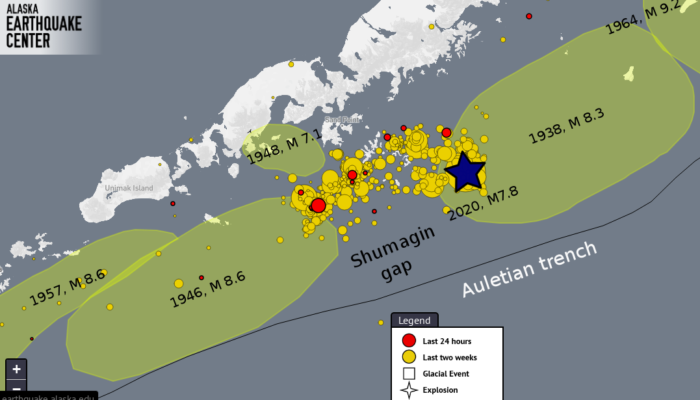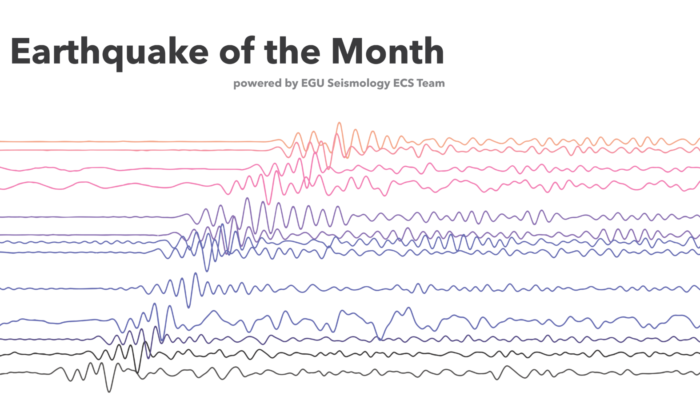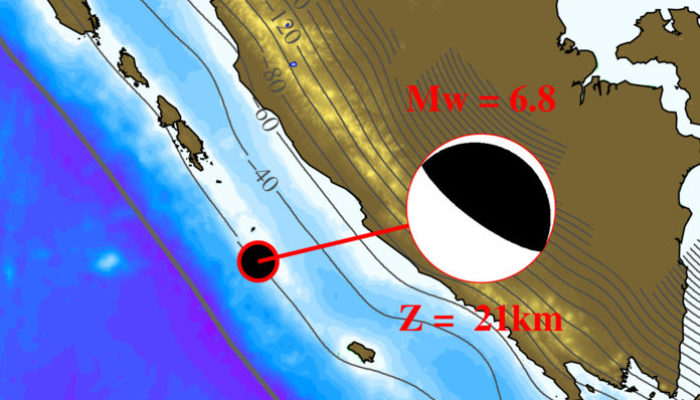On October 30th, a strong earthquake with Mw 7.0 occurred in the Aegean Sea, between the main cities of Samos in Greece and Izmir in Turkey. The hypocenter location and focal mechanism suggest shallow depth (~10 km) and normal faulting on the E-W plane. This is in agreement with the tectonic setting where an N-S extension is dominant. Moreover, the rupture propagates near the Menderes Graben in We ...[Read More]
Earthquake of the month: Bransfield Basin – Antarctica M 5.4
As well as August, September was not highlighted by a large event (> M 7). The TOP 3 strongest earthquakes which occurred during this month correspond to a strike-slip earthquake in the Mid-Atlantic Ridge (M 6.9), an interplate EQ in central-north Chile (M 6.8), and another EQ in a different segment of the Mid-Atlantic Ridge (M 6.7). Furthermore, the largest event in Europe occurred on Septembe ...[Read More]
Earthquake of the month: Bengkulu – Indonesia M 6.8-6.9
August was not highlighted by a large event (> M7) and the choice for the earthquake of the month was a bit tricky. Four events were available to choose from: An intraplate EQ in the US (M5.1), the largest event in this region since 1916, an M6.6 in the Philippines, a deep earthquake (~620 km) M6.9 in Indonesia, and a doublet earthquake (M6.8 – 6.9) in Indonesia. After some discussion, we ...[Read More]
Earthquake of the month: Simeonof – Alaska M 7.8

On July 22nd, Alaska was the scene of last month’s largest earthquake, a Mw 7.8 earthquake that hit the Aleutian Islands, offshore the Alaska Peninsula. The hypocenter location, tectonic setting and focal mechanism suggest a megathrust earthquake. The hypocenter of the so called Simeonof earthquake is located at the western edge of the historical 1938 earthquake (M8.3) slip zone, near the Shumagin ...[Read More]


